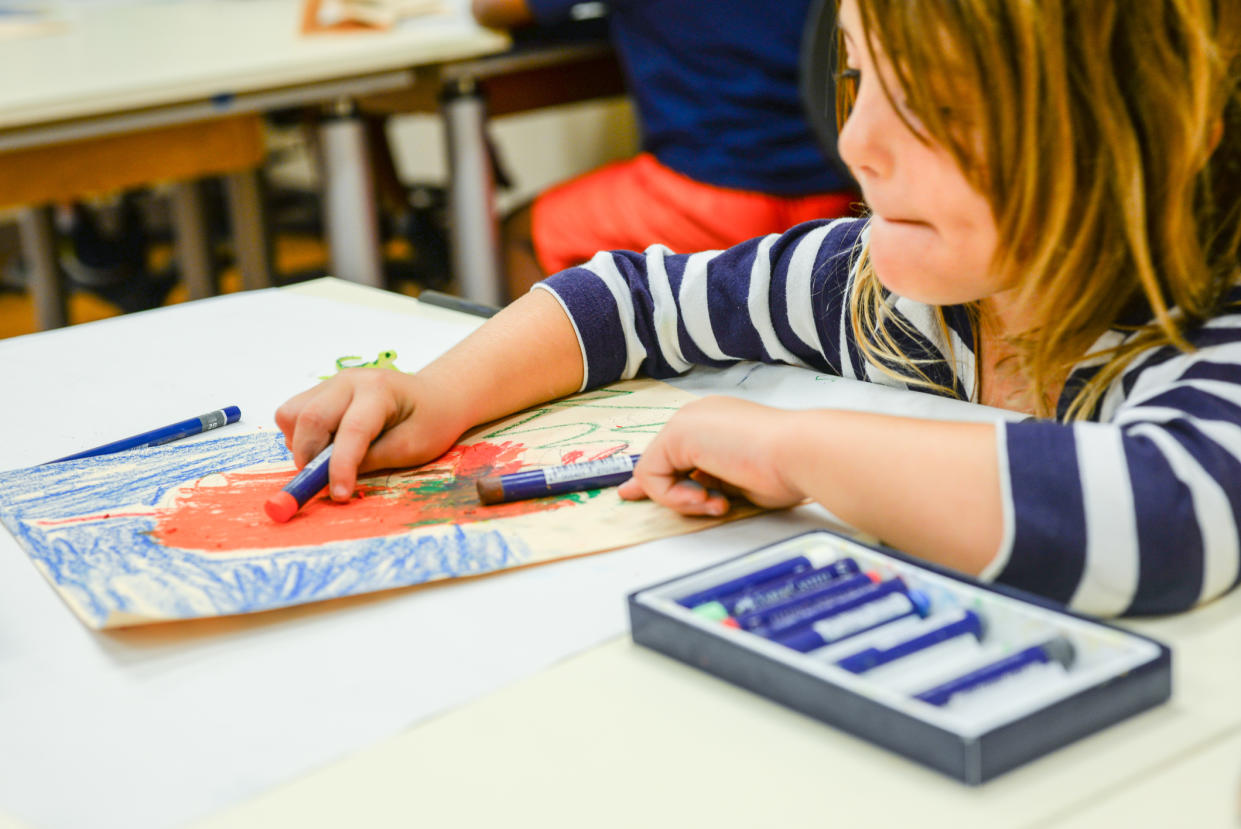Here’s proof that kids are more open-minded about what a scientist looks like

In a landmark 1983 study, David Wade Chambers collected answers to an open-ended directive that researchers had posed to nearly 5,000 students between 1966 and 1977: Draw a scientist.
Chambers, who named the survey the Draw-A-Scientist Test (DAST), was interested in the shift from “alchemy and black magic” to “laboratory scientist” and wanted to explore that. But in the results, something else became clear. While the old-fashioned stereotype of science as sorcery had vanished, a new stereotype based on gender had emerged: The children did not draw women.
The sketches Chambers collected — peppered with details like facial hair — weren’t simply male-leaning, they were almost exclusively male. Of the 5,000 students who were asked to draw a scientist five decades ago, only .6 percent (or just 28 students) drew one that was female. It was a stark finding, one that raised concerns about how these views would have an impact on girls’ career aspirations.
Since 1983, there have been 78 more DAST studies, comprising 20,000 kids. This month, the journal Child Development released the first-ever systematic review of this data, and uncovered a promising change. Now, when kids are asked to draw scientists, a greater number than ever (30 percent) draw a woman.
When asked to draw a scientist, children are drawing women more than ever before – https://t.co/OrcTZj5tWZ #WomeninSTEM pic.twitter.com/UQ13XM9Lkh
— AAAS (@aaas) March 20, 2018
“Our results suggest that children’s stereotypes change as women’s and men’s roles change in society,” psychology professor at Northwestern University (and co-author of the study) Alice Eagly said in a statement. “Children still draw more male than female scientists in recent studies, but that is expected because women remain a minority in several science fields.”
The changes in the drawings align with a growing number of women in the science, technology, engineering and medical fields (STEM) during the time frame under observation. In 1970, according to the U.S. Census Bureau, women made up just 7 percent of STEM jobs; by 1990, that number had more than tripled, to 23 percent. But despite huge gains early on, the number has more or less plateaued in the decades since.
Today, despite routinely earning more doctoral degrees than men, women make up just 26 percent of the STEM workforce. Gender stereotypes play a huge role in this number —affecting not only how women see scientists as a whole, but how they view their own intelligence. But this lack of representation in STEM doesn’t seem to alter their view of who can be a scientist until they’re older.
In the review of DATS surveys, young girls were the most likely to draw someone that looked like them. More specifically, among 6-year-old girls, 70 percent drew a scientist that was female. But in the 16-year-old age group, the situation was starkly different. When asked to draw a scientist at that age, just 25 percent of girls drew a female.
So while DATS isn’t a solution, it is a hopeful development — one that David Uttal, a professor of education at Northwestern and Eagly’s co-author, says adults can help promote. “To build on cultural changes, teachers and parents should present children with multiple examples of female and male scientists across many contexts,” Uttal said in a statement. “[Present them] in science courses, television shows, and informal conversations.”
The hope being, of course, that the more girls envision female scientists, the more they’re likely to not only believe women can be scientists — but maybe even grow up to be one.
Read more from Yahoo Lifestyle:
Are these gun leggings the Lululemon of concealed-carry clothing?
Scientists say they’ve discovered a new organ—and it’s the biggest in your body
Follow us on Instagram, Facebook, and Twitter for nonstop inspiration delivered fresh to your feed, every day.
